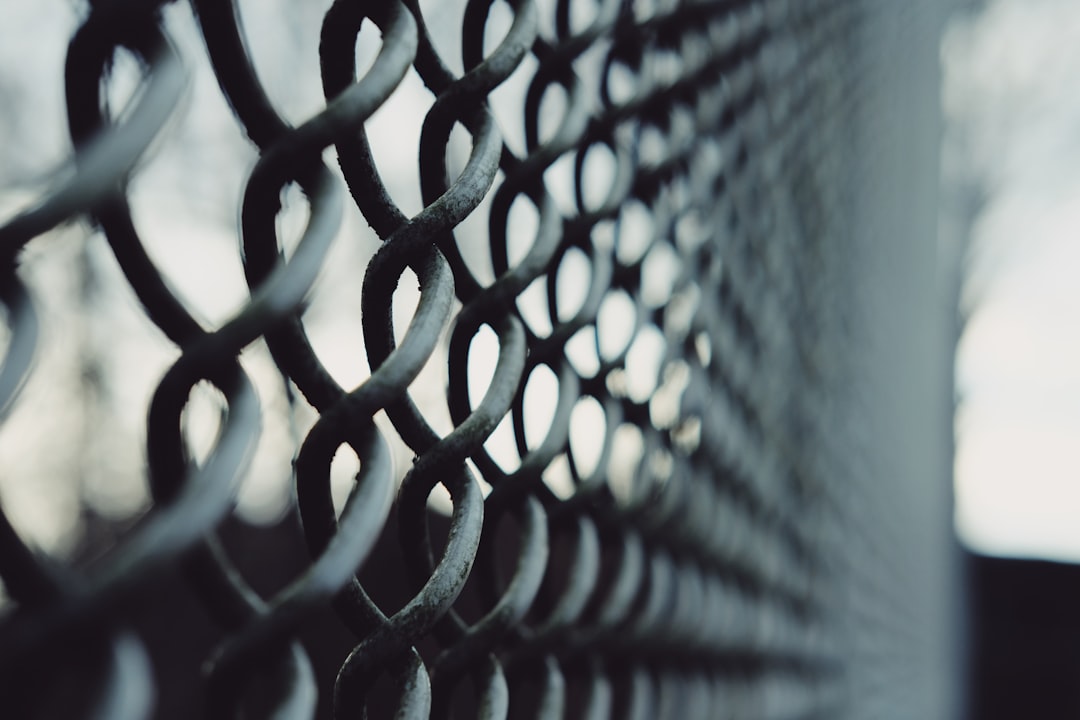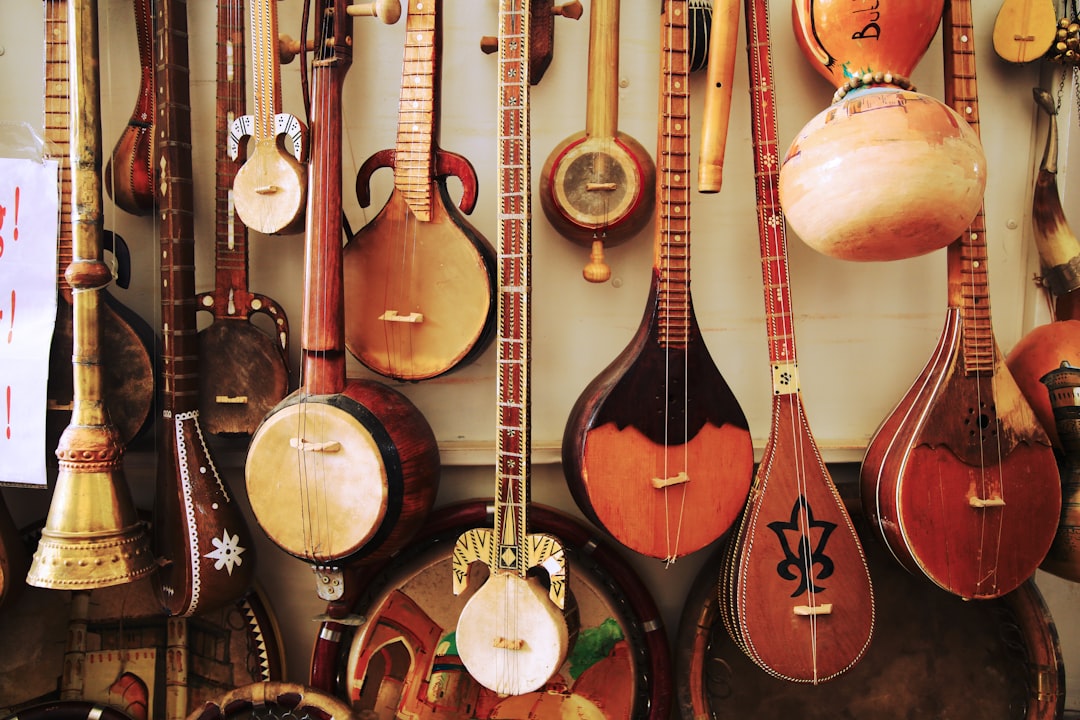What is it about?
Mugyabuso M. Mulokozi and Kulikoyela K. Kahigi’s collection Malenga wa Bara (Poets from the Inland), first published in 1976 and reprinted in 1995, includes a number of poems by Kahigi in which music instruments, musical styles and music-making are used as poetic devices to represent various experiences drawn from the social world. This article discusses the ways in which musical figures (i.e. sonic or musical objects) are used in these poems and the effect on their meaning and flavour. The analysis shows that such musical figures play an important role in shaping the way that the world – or realities outside the poem – are perceived sonically. These realities include work, rituals, festivals, love relationships and political struggles.
Featured Image
Why is it important?
The analysis shows that musical figures in Kahigi's poems play an important role in shaping the way that the world – or realities outside the poem – are perceived sonically. These realities include work, rituals, festivals, love relationships and political struggles.
Perspectives
Mugyabuso M. Mulokozi and Kulikoyela K. Kahigi’s collection Malenga wa Bara (Poets from the Inland), first published in 1976 and reprinted in 1995, includes a number of poems by Kahigi in which music instruments, musical styles and music-making are used as poetic devices to represent various experiences drawn from the social world. This article discusses the ways in which musical figures (i.e. sonic or musical objects) are used in these poems and the effect on their meaning and flavour. The analysis shows that such musical figures play an important role in shaping the way that the world – or realities outside the poem – are perceived sonically. These realities include work, rituals, festivals, love relationships and political struggles.
Prof. Imani SANGA
University of Dar es Salaam
Read the Original
This page is a summary of: Musical figures and the figuring of Tanzania’s social life in the poems of Kulikoyela K. Kahigi, Journal of Postcolonial Writing, April 2017, Taylor & Francis,
DOI: 10.1080/17449855.2017.1308425.
You can read the full text:
Contributors
The following have contributed to this page










